Top Things to Know Before Buying a Garden Office: A Comprehensive Guide
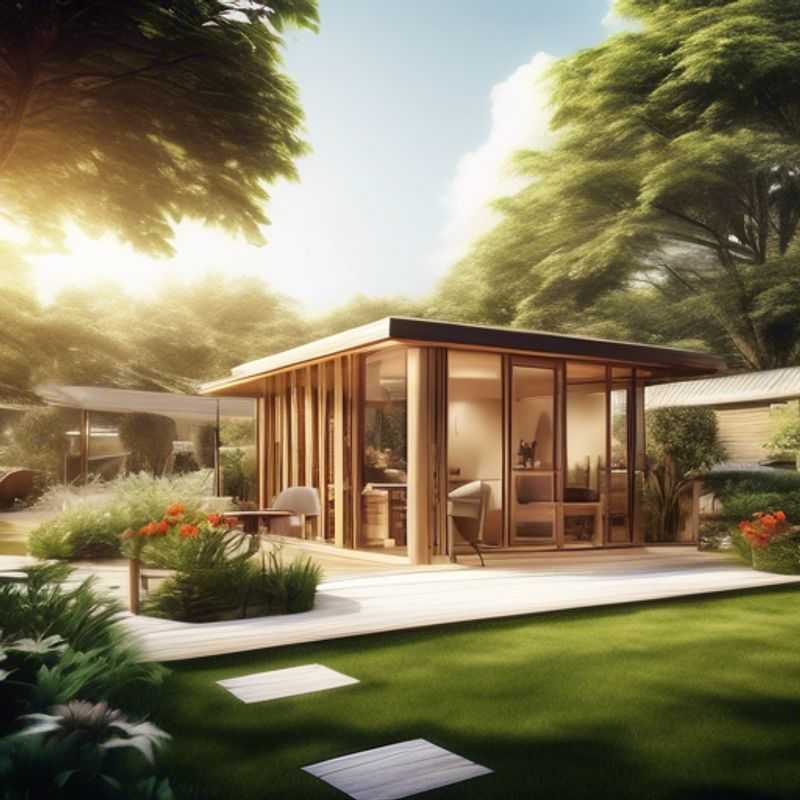
Top Things to Know Before Buying a Garden Office: A Practical Guide
Ah, the garden office, a haven for the home-based professional, a sanctuary for creative pursuits, a space to escape the clamor of everyday life. But before you embark on this exciting journey, there are a few crucial things to consider.

Designing Your Dream Garden Office: Size and Layout Considerations
A garden office is a fantastic addition to any home, providing a dedicated workspace, a quiet retreat, or even a creative studio. But before you start building, it's crucial to determine the size and layout that best meets your needs. Here's a quick guide to help you plan your garden office:
1. Define Your Purpose: What will you use your garden office for? Will it be a home office, a creative space, a gym, or something else entirely? Knowing the purpose will determine the essential furniture and equipment, influencing the overall size and layout.
2. Consider Your Workflow: Think about your typical work routine. Will you be collaborating with others? Do you need a specific setup for your work, like a large desk, storage space, or specific lighting? This helps determine the layout and necessary space.
3. Estimate the Size: A small garden office, around 100 square feet, is suitable for individual work and can accommodate a desk, a chair, and some storage. Larger offices, up to 200 square feet, provide space for additional furniture or a small seating area for meetings or relaxation. For a more collaborative environment, consider a garden office of 300 square feet or more.
4. Layout Considerations: Decide on the best layout to maximize space. For example, a corner desk can save space, while a central desk provides more flexibility. Consider natural light, ventilation, and the placement of electrical outlets.
5. Budget for Extras: Don't forget to factor in costs beyond the building itself. This includes furniture, heating and cooling, lighting, insulation, and potential landscaping or fencing. You can find budget-friendly options for these elements, or save money by using existing materials or completing some work yourself.
By carefully considering these factors, you can create a garden office that perfectly suits your needs and elevates your work and home life.
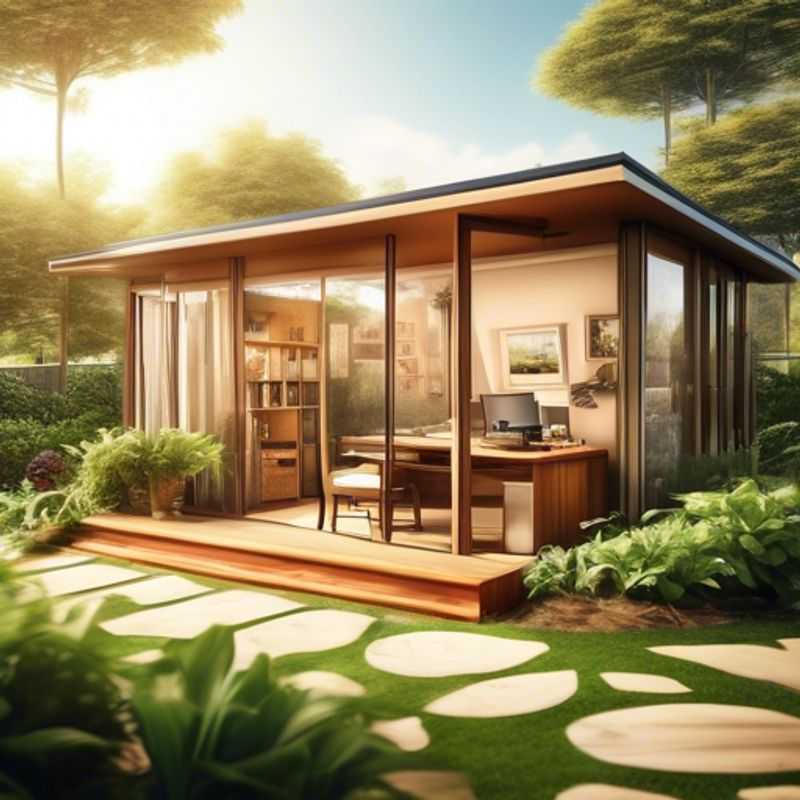
Navigating the Labyrinth: Demystifying Local Zoning and Building Regulations
Navigating the world of construction and development can be a complex endeavor, and understanding local zoning laws and building regulations is crucial for ensuring compliance. These regulations dictate what you can and cannot build on a specific piece of land, encompassing aspects such as building height, setbacks, density, and permitted land uses.
Failing to comply with these regulations can lead to hefty fines, delays in your project, and even the complete denial of your building permit. It’s essential to be aware of these laws even before purchasing a property to avoid any unforeseen issues.
The first step is to identify the specific zoning district for your property. This information is typically available online through your local municipality's website or at your city planning department. Review the zoning regulations carefully, paying attention to the permitted uses, setbacks, and density requirements.
Next, explore the building codes. These regulations set the minimum standards for construction, safety, and accessibility, ensuring the structural integrity and safe operation of your building. Your local building department can provide you with a comprehensive overview of these codes, which you should consult throughout your project.
Remember, the specifics of zoning and building regulations can vary significantly from one jurisdiction to another.It’s always advisable to consult with a licensed professional such as an architect, engineer, or zoning consultant to ensure you understand the full scope of these regulations and to obtain any necessary permits or approvals.
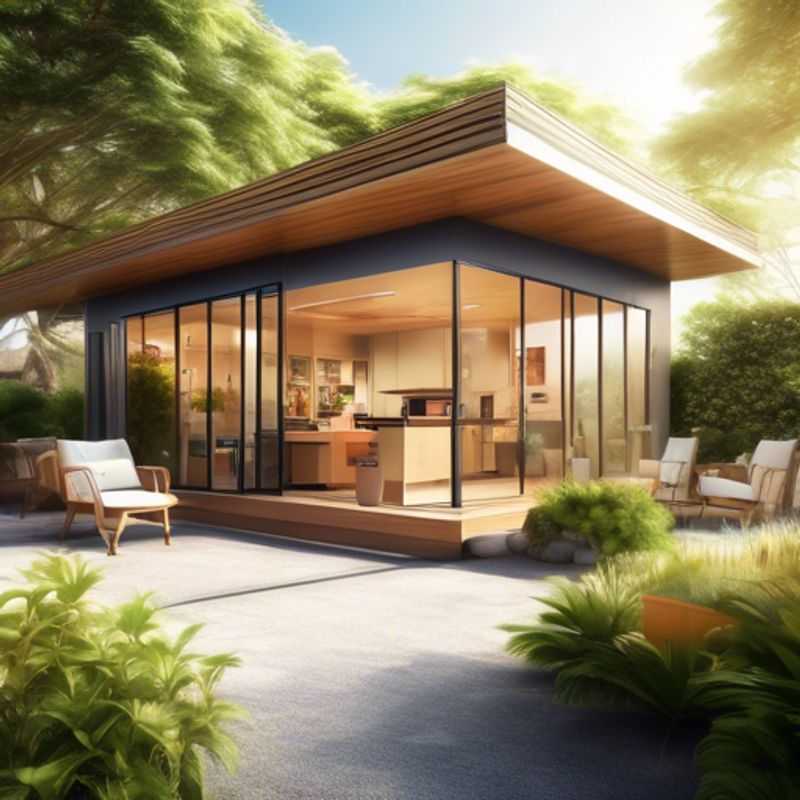
Laying the Groundwork: Essential Foundation Requirements for a Stable Structure
A solid foundation is critical for any structure, and your website is no exception. Ensuring your site is level and stable is a crucial step in creating a reliable and long-lasting online presence. This foundation can be likened to the bedrock on which your website is built.
A level and stable site ensures that your website functions smoothly and efficiently, minimizing any issues arising from uneven or unstable ground. It's also essential for the longevity of your website, preventing potential problems like cracking or shifting over time.
There are several ways to achieve this:
1. Hiring a professional to assess the site's stability and level. This involves a thorough inspection and testing.
2. Utilizing specialized software for level checking and ensuring proper support systems are in place.
While the initial cost of these services might seem daunting, remember that it's an investment in your website's long-term health. It prevents costly repairs and ensures a seamless user experience.
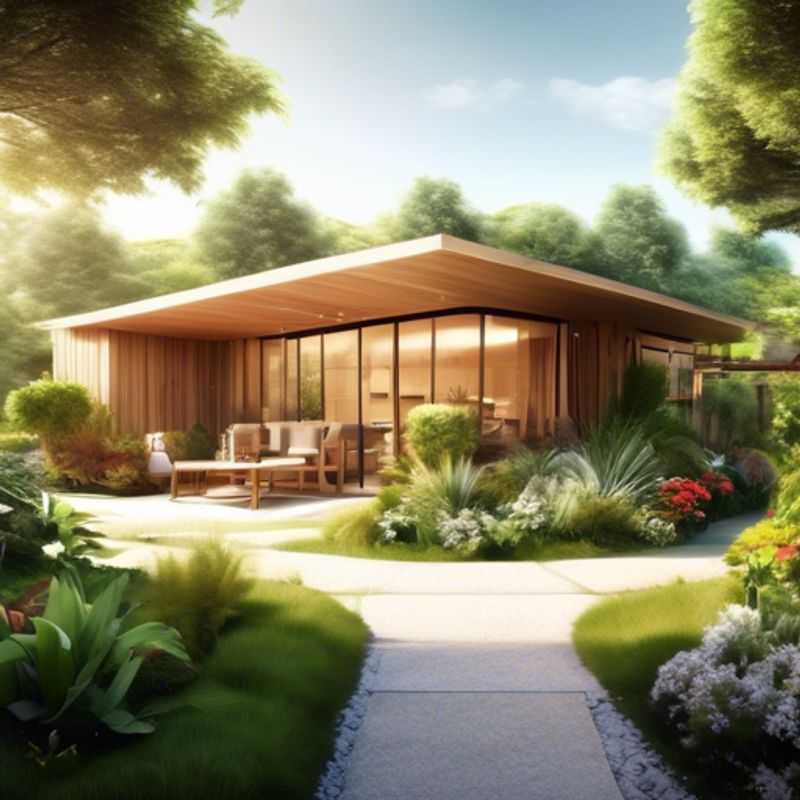
Power Up Your Project: Evaluating Electrical Needs and Potential Work
Evaluating the available power supply and determining any necessary electrical work is crucial for ensuring safety and functionality in any project. Begin by assessing the current electrical load to understand how much power is being utilized. This includes checking the capacity of existing circuits and ensuring they can handle additional devices or equipment.
Next, consider the voltage and amperage requirements of your devices. Ensure that the power supply meets these specifications to avoid potential damage or inefficiencies. It’s also important to check for any local electrical codes that may dictate specific requirements for your installations.
In terms of necessary electrical work, you might need to hire a licensed electrician for tasks such as upgrading the service panel, adding new circuits, or installing outlets. This can involve costs for labor, which typically ranges from $50 to $100 per hour, along with any materials needed for the job. Additionally, permits may be required, which can add to the overall expense, so be sure to factor these into your budget.
Finally, always prioritize safety by ensuring that all electrical work is performed in accordance with national and local safety standards. This not only protects your investment but also ensures the well-being of all individuals within the space.
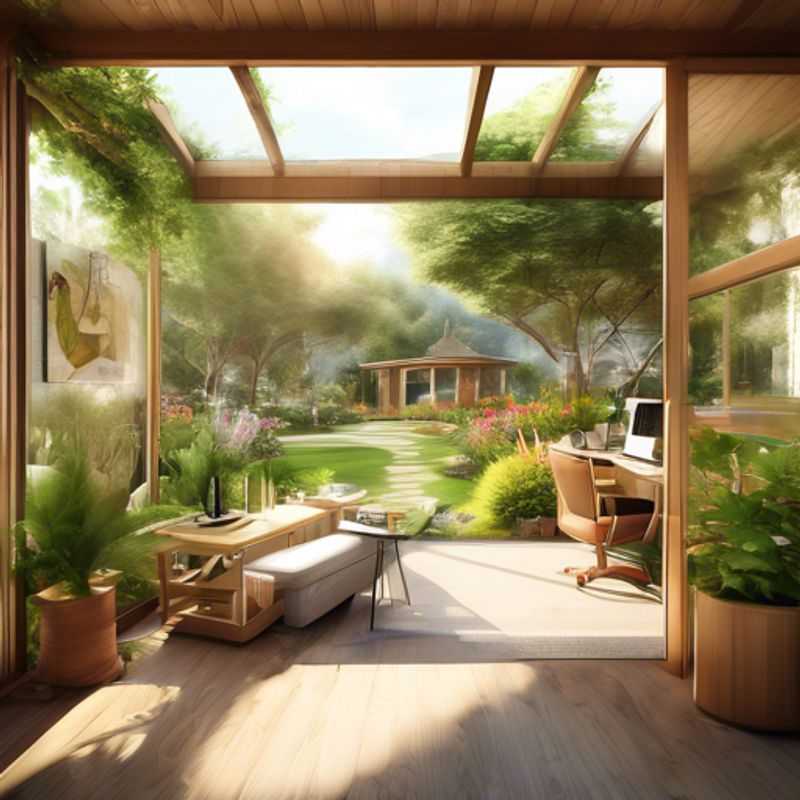
Insulation Insights: Keeping Your Home Comfortable All Year Round
Insulation is a crucial aspect of maintaining a comfortable indoor temperature year-round. Proper insulation can significantly reduce energy consumption and costs while enhancing your living comfort. Let's delve into the key aspects of investigating insulation options.
First, assess your current insulation levels. Consider the age of your home, attic access, and existing insulation materials. Older homes often lack adequate insulation, making upgrades a worthwhile investment. The type of insulation currently installed is another factor, as newer materials may offer improved performance. Additionally, examine areas like walls, ceilings, and crawl spaces for potential gaps or areas where insulation may have settled.
Next, explore different insulation options. Common types include fiberglass batts, blown-in cellulose, spray foam, and rigid foam boards. Each option possesses unique characteristics, including R-value (thermal resistance), installation methods, and cost. Researching these aspects will help you select the most suitable insulation for your specific needs.
Remember, a professional assessment can provide valuable insights. Consulting with an energy auditor or qualified contractor can help determine the optimal insulation levels and identify specific areas requiring attention. They can also recommend cost-effective solutions and ensure proper installation techniques.
Financial considerations are essential when choosing insulation options. Factors like installation costs, potential energy savings, and government rebates or incentives should be taken into account. Many states and municipalities offer financial assistance programs to encourage energy-efficient upgrades, making insulation a more affordable investment.
By carefully investigating insulation options, you can significantly enhance your home's energy efficiency and ensure year-round comfort. Remember to consider your specific needs, budget, and available resources. With proper planning and execution, insulation can become a key component in creating a sustainable and comfortable living environment.
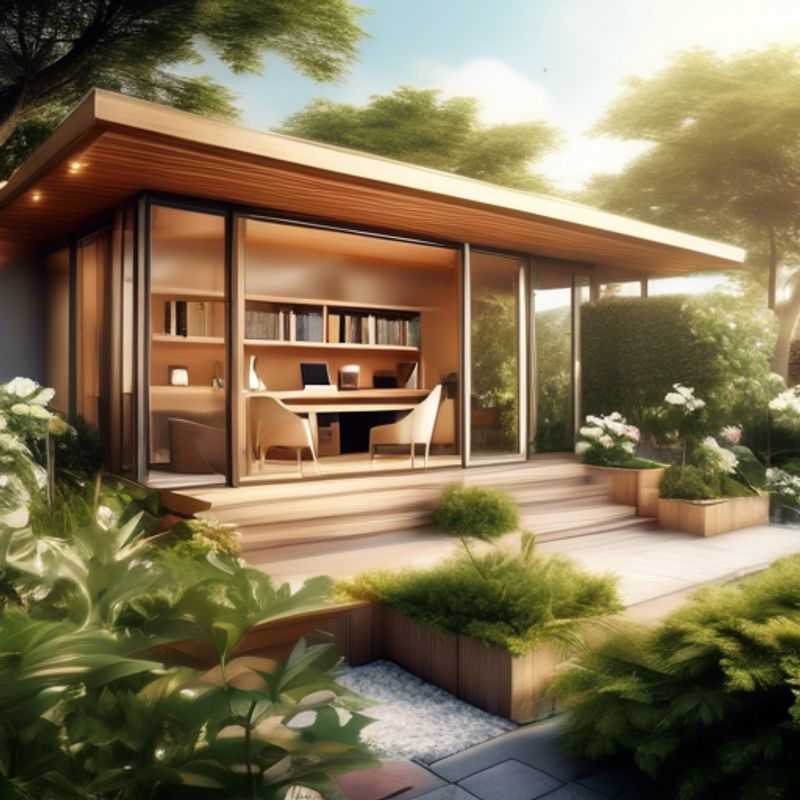
Crafting the Perfect Space: Choosing Your Ideal Windows, Doors, and Ventilation
When designing your home, you'll need to consider various features that impact both the aesthetics and functionality of your living space. One important aspect is deciding on the desired features like windows, doors, and ventilation. These elements play a crucial role in regulating natural light, airflow, and overall comfort within your home. Let's dive into some key considerations for these features.
Windows: Windows serve as the eyes of your home, offering natural light, views, and fresh air. The size, style, and placement of windows significantly influence the overall ambiance of your space. Consider factors such as the desired amount of natural light, privacy concerns, and energy efficiency. There's a wide range of window options available, each with its own benefits and drawbacks, so carefully consider your specific needs before making a choice.
Doors: Doors are the gateways to your home, serving both functional and aesthetic purposes. Their size, style, and material choices contribute significantly to the overall design and security of your house. Factors to consider include the desired level of security, insulation, and noise reduction. Additionally, the door's design should complement the overall architectural style of your home.
Ventilation: Proper ventilation is crucial for maintaining a healthy and comfortable indoor environment. It helps regulate air quality, prevent moisture buildup, and promote overall well-being. Ventilation systems can range from simple window openings to more sophisticated mechanical ventilation systems. The type of ventilation system you choose depends on your home's size, climate, and specific needs.
Cost Considerations: It's essential to consider the cost implications associated with these features. The pricing for windows, doors, and ventilation systems can vary greatly based on the type, size, material, and level of customization. When budgeting, remember that opting for high-quality materials and installation often translates to lower maintenance costs and improved energy efficiency in the long run.
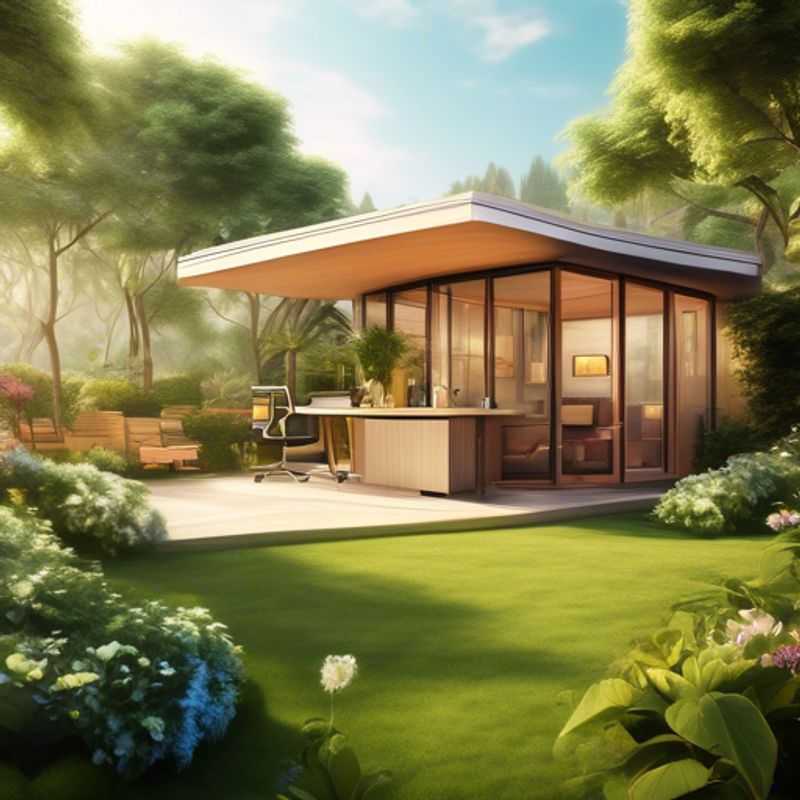
Navigating the Permit Maze: Planning for Construction Approvals
Planning ahead for permits and approvals is crucial before you start any construction project. It's important to know that building codes and regulations vary from place to place. You may need to obtain multiple permits, and these approvals often take time.
First, contact your local building department to get a clear picture of the required permits. Each project is unique and there may be specific permits necessary for your project. You'll need to submit detailed plans, which might include engineering drawings, to the building department for review. This step is critical and ensures your project complies with local regulations.
Some common permits include building permits, zoning permits, and electrical permits. Depending on the project's complexity, you may need additional permits for plumbing, mechanical systems, or landscaping. Failing to obtain the necessary permits could lead to fines or even a halt in your construction process.
Remember, fees associated with these permits vary depending on the type of permit and the location. The application process might also involve a review period, adding to the overall project timeline. By understanding the permit requirements and taking the necessary steps upfront, you can avoid unexpected delays and complications during your construction project.
